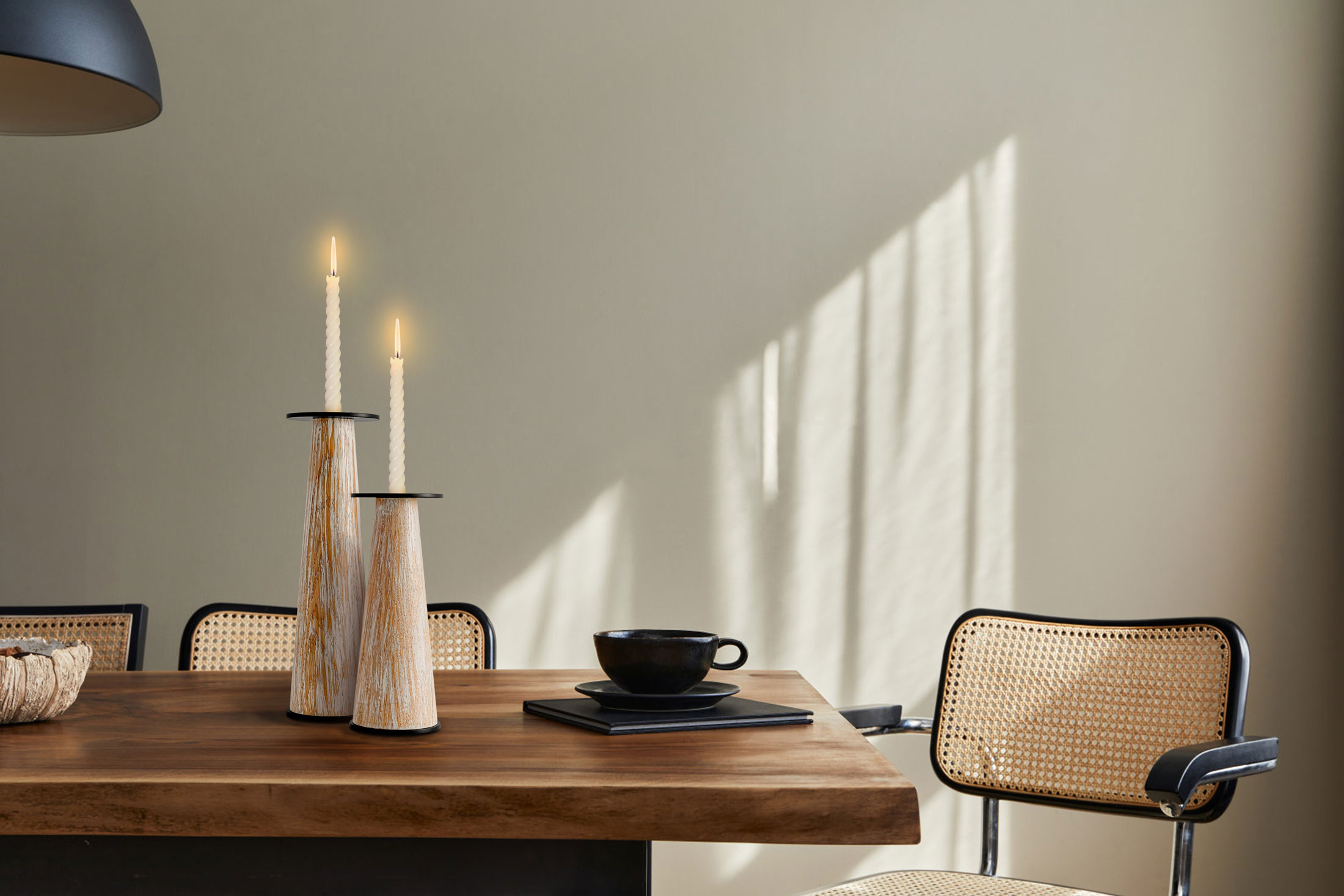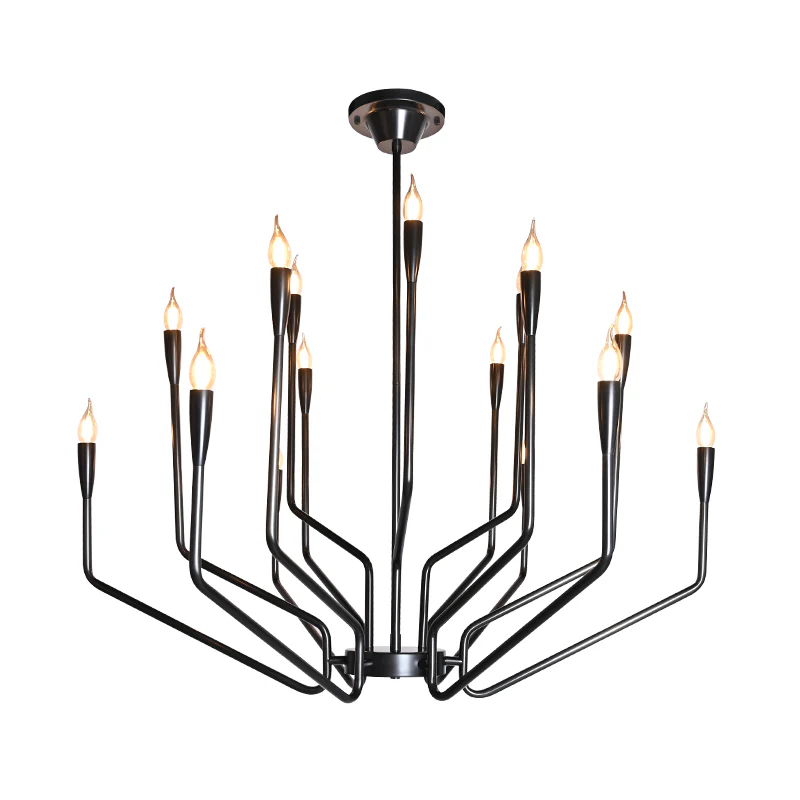The Ultimate Guide to E27 Lamp Sockets: Everything You Need to Know
The Ultimate Guide to E27 Lamp Sockets: Everything You Need to Know
Introduction to E27 Lamp Sockets
The E27 lamp socket is a popular choice in the world of lighting, known for its versatility and ease of use. It is designed to accommodate E27 bulbs, which are widely used in residential and commercial projects. This article will provide a comprehensive overview of E27 lamp sockets, covering their types, applications, installation processes, and tips for choosing the right one. Whether you're a DIY enthusiast or a professional electrician, understanding E27 lamp sockets can greatly enhance your lighting fixtures.
What is an E27 Lamp Socket?
An E27 lamp socket is a type of light socket that accepts E27 base bulbs. The "E" stands for "Edison," named after Thomas Edison, while the "27" refers to the diameter of the base in millimeters. This socket is characterized by its screw-in design, which allows for easy installation and replacement of bulbs. E27 sockets are used globally, with voltage ratings typically suited for both 120V and 220V systems. They are compatible with various bulb types, including LED, incandescent, and fluorescent.
Types of E27 Lamp Sockets
E27 lamp sockets come in various designs and configurations, each serving different purposes:
| Type | Description |
| Standard E27 Socket | The most common type used in households, compatible with standard E27 bulbs. |
| Dimmer E27 Socket | Allows for adjustable brightness levels, ideal for mood lighting. |
| Smart E27 Socket | Can be controlled via a smartphone app or home automation system, offering convenience and energy savings. |
| Weatherproof E27 Socket | Designed for outdoor use, resistant to moisture and dust, suited for garden and patio lighting. |
Applications of E27 Lamp Sockets
E27 lamp sockets are versatile and can be used in numerous applications:
- Residential Lighting: E27 sockets are prevalent in homes, used in fixtures like ceiling lamps, Table lamps, and Floor lamps.
- Commercial Lighting: Offices, restaurants, and shops often utilize E27 sockets in their lighting designs to create inviting atmospheres.
- Architectural Lighting: E27 sockets are used in track lighting and spotlights to highlight artwork, signage, and other architectural features.
- Outdoor lighting: Weatherproof E27 sockets are ideal for decorative Outdoor lighting, such as string lights and garden fixtures.
How to Install an E27 Lamp Socket
Installing an E27 lamp socket is a straightforward process that can be accomplished with minimal tools. Follow these steps for a successful installation:
- Turn Off Power: Always turn off the power at the circuit breaker to avoid electrical shocks.
- Remove the Old Socket: If replacing an existing socket, carefully unscrew the old socket from the fixture.
- Connect Wires: Connect the wires from the electrical box to the new E27 socket, ensuring that the live wire connects to the brass terminal and the neutral wire connects to the silver terminal.
- Secure the Socket: Attach the socket to the fixture by screwing it in place securely.
- Install the Bulb: Insert the E27 bulb into the socket and ensure it is tightly fitted.
- Turn On Power: Finally, turn the power back on and test the light to confirm proper installation.
Choosing the Right E27 Lamp Socket
When selecting an E27 lamp socket, consider the following factors to ensure you choose the right one for your needs:
- Type of Bulb: Make sure the socket is compatible with the type of E27 bulb you plan to use – whether it's incandescent, LED, or CFL.
- Dimmer Compatibility: If you wish to dim your lights, ensure that the socket is rated for use with dimmer switches.
- Material and Durability: Choose sockets made from quality materials, especially if they will be used outdoors or in a high-traffic area.
- Energy Efficiency: Opt for smart or LED-compatible sockets to promote energy efficiency and longevity.
Safety Tips for Using E27 Lamp Sockets
Using E27 lamp sockets comes with responsibilities to ensure safety:
- Check the wattage rating of your socket and ensure the bulb does not exceed this limit.
- Inspect sockets periodically for signs of wear, damage, or corrosion.
- Ensure all connections are secure to prevent electrical arcing.
- If using outdoor sockets, ensure they are installed in weatherproof fixtures.

Common Questions About E27 Lamp Sockets
As you explore E27 lamp sockets, you may have additional questions. Here are some frequently asked questions:
- Can I use an E27 LED bulb in a standard socket? Yes, E27 LED bulbs are designed to fit standard E27 sockets without any special modifications.
- What is the difference between E27 and E26? E27 and E26 are very similar, with E27 being the European standard (27mm) and E26 the North American standard (26mm).
- Are E27 sockets safe for outdoor use? Yes, provided they are weatherproof and installed correctly to prevent moisture ingress.
- How do I know if my lamp is E27 compatible? The lamp should have a socket labeled or designed to accept E27 screw-type bulbs. You can also check the specifications or manual.
Conclusion
In conclusion, E27 lamp sockets are a crucial element of Modern lighting, offering versatility and ease of use in both residential and commercial spaces. Understanding the various types, applications, and safety measures associated with E27 sockets can greatly enhance your lighting experience. When choosing an E27 lamp socket, prioritize compatibility with your bulbs, the environment in which you will use it, and safety features. Embrace the convenience of E27 sockets for your next lighting project, and keep exploring the broad range of options available!
Remember: Always prioritize safety when working with electrical components. If in doubt, consult a professional electrician to assist with your lighting installations.
